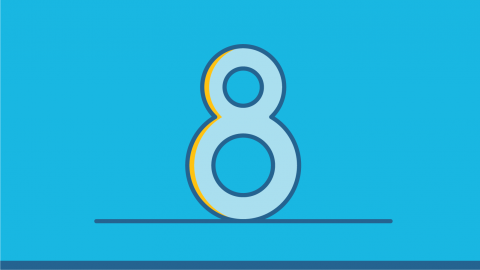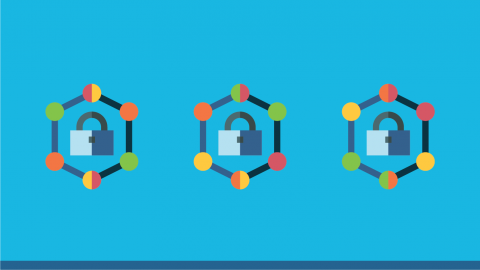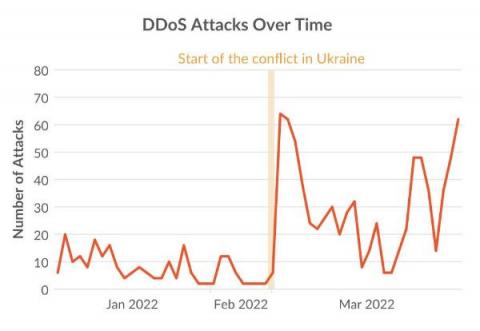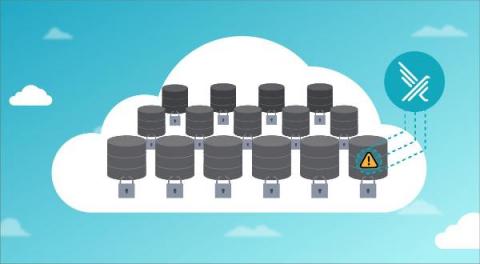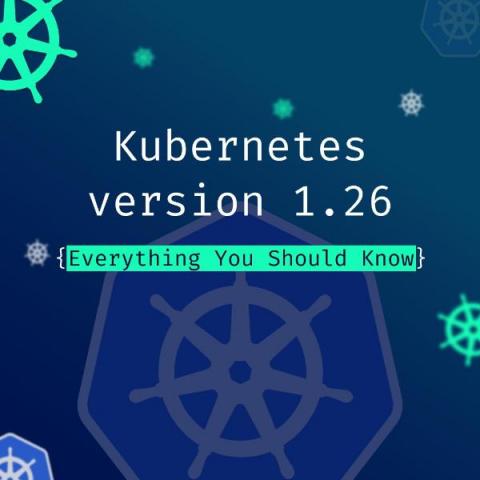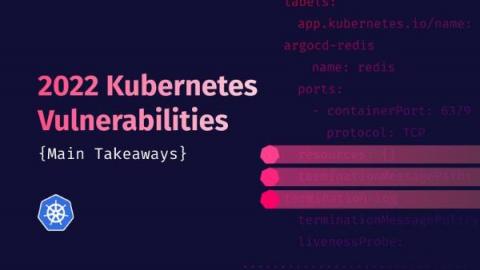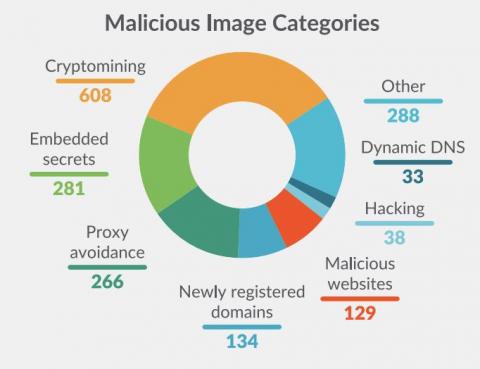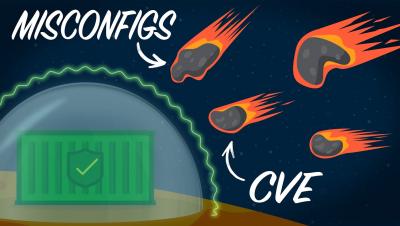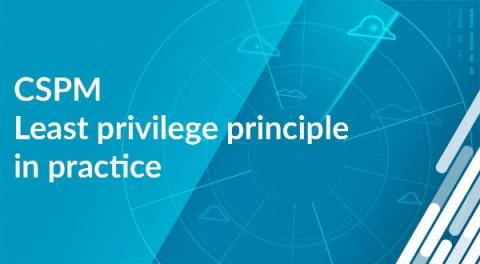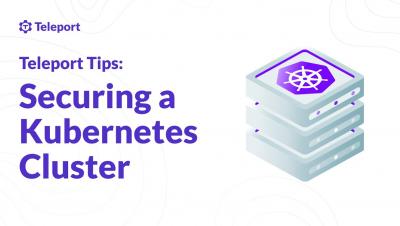8 Benefits of Externalized Authorization Management (EAM)
The evolution of application design and cloud-native technologies means that developers can no longer rely on traditional authentication and authorization methods to be effective. While new standards for authentication already exist and are easily implemented, authorization remains a challenge, especially in a fast-paced, dynamic cloud environment. One method of solving this issue is to externalize authorization, allowing policy management to be decoupled from the application itself.


